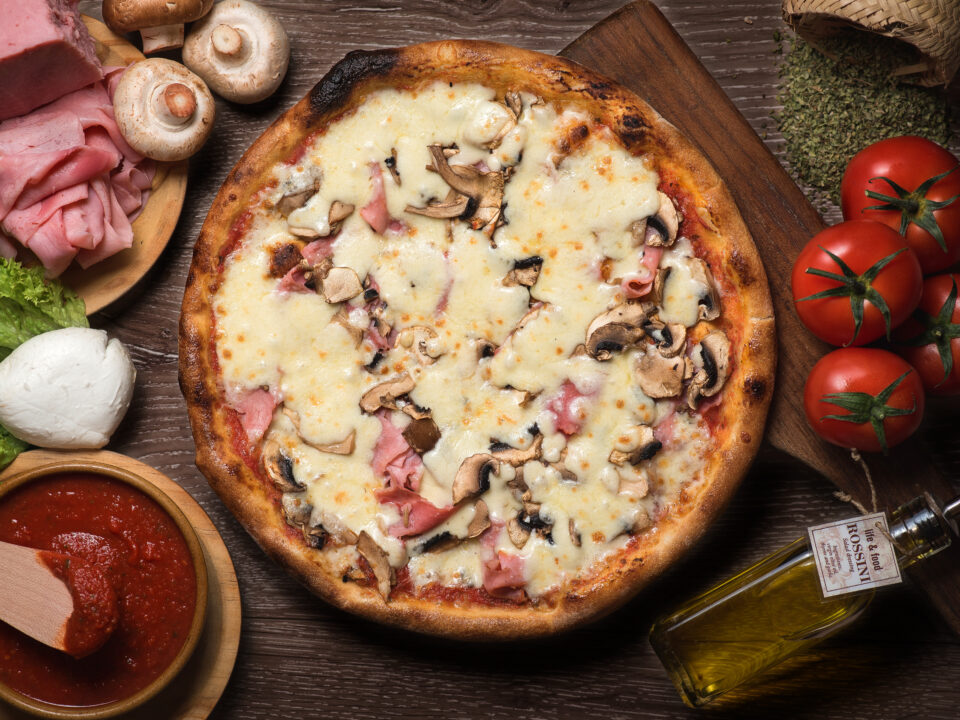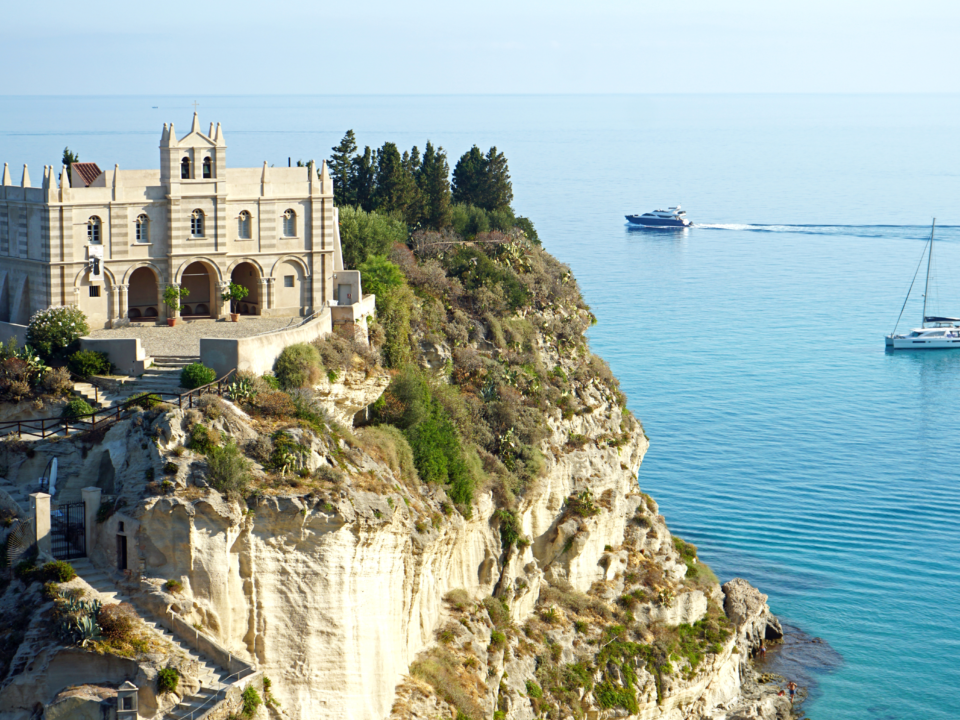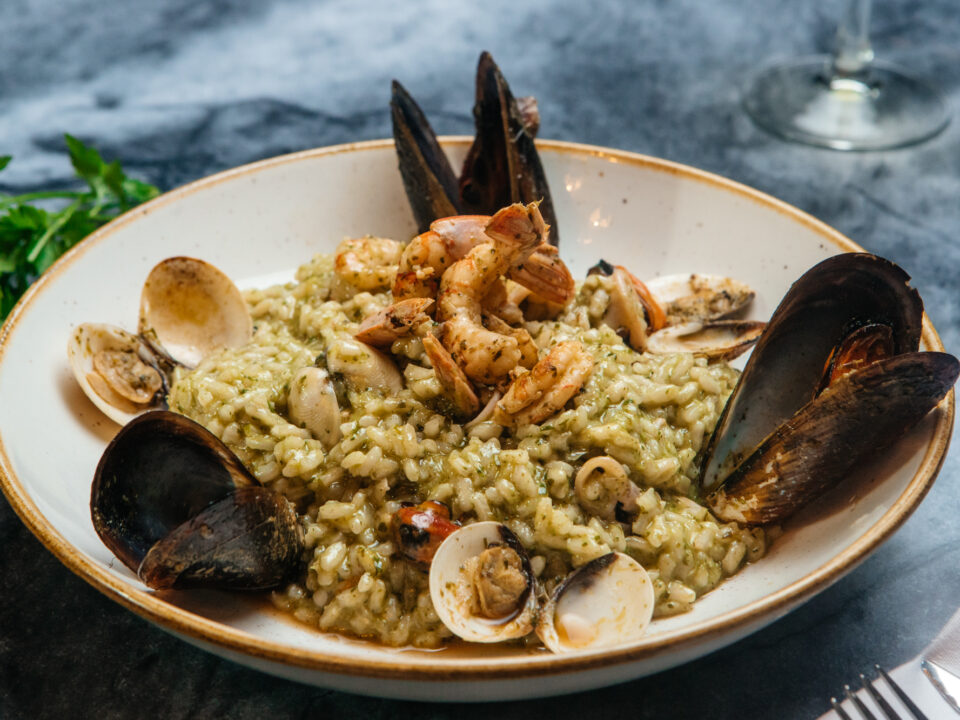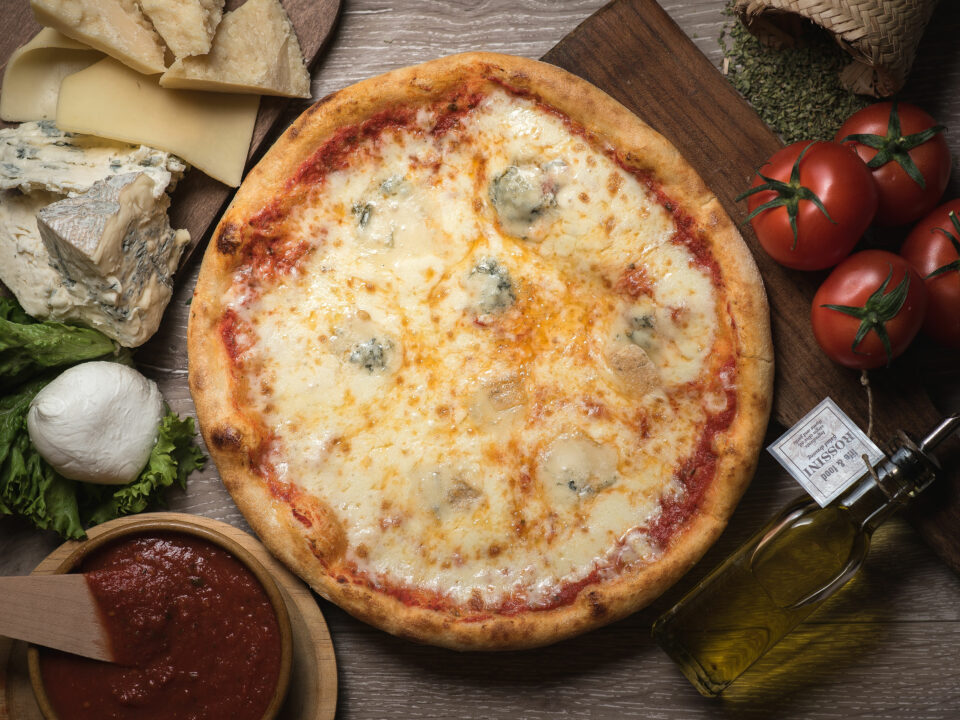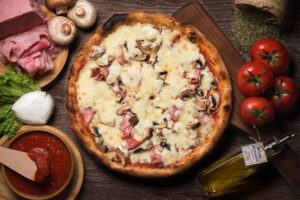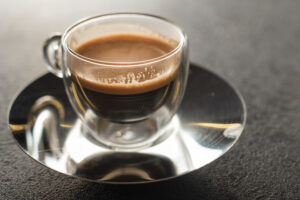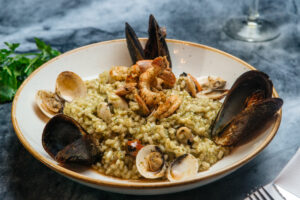As we saw in our previous article “ differences and similarities between Italian and Spanish cuisine” Italian cuisine and Spanish cuisine have many similar and distant aspects between them. In this new article we will present 5 more curiosities about Italian and Spanish cuisine.
If you are passionate about the subject of gastronomy….
In our blog you can find much more articles dedicated to Italian cuisine and the different delicacies that we offer on the menu of our Italian restaurant in Barcelona.
Let’s get started!
Italian tapas
The impact of our family traditions and ; are evident in our daily meals, which are made up of breakfast, lunch and dinner. This same division can be found throughout the Italian territory, with the midday meal as its main focus.
Lunch, being the largest meal of the day, is served with a series of courses that progress successively from starter to dessert. Normally, when hunger strikes, the appetizer is usually a light complement to accompany; however, in the case of the Italians…
There is the antipasto which, similarly to our aperitif, is eaten as a starter before the first course. The antipasto (before the pasta) consists of small dishes of olives, cold meats, rolls, cheese…

Lunch, being the largest meal of the day, is served with a series of courses that progress successively from starter to dessert. Normally, when hunger strikes, the appetizer is usually a light complement to accompany; however, in the case of the Italians…
There is the antipasto which, similarly to our aperitif, is eaten as a starter before the first course. The antipasto (before the pasta) consists of small dishes of olives, cold meats, rolls, cheese…
To the rich croquette!
One of the tastiest antipasti to accompany is “Arancini”, small balls of bread stuffed with meat, peas, rice or cheese that resemble the croquettes of our kitchen. This Sicilian dish is much loved throughout Italy because It can be consumed at any time of the day and can be easily found in most restaurants.

The Supplì is another Italian variant similar to the croquette and historically they used to be cooked to reuse leftovers from other meals.
The omelette brotherhood
The frittata and the potato omelette are another of the similarities between both cuisines. These dishes are prepared with eggs and are usually stuffed with potatoes, meat, cheese, onion, pasta and other similar ingredients.


Similar to the Margarita pizza, the frittata was also a dish dedicated to royalty and was in fact quite appreciated by the Spanish King Charles V to celebrate his triumph in the Battle of Tunis in 1535.
Two classic homemade desserts
Various tasters and foodies from around the world have put two of the most popular cold desserts representative of Spanish and Italian cuisine: Rice pudding and tiramisu.
Although there are contrary opinions, the flavor of tiramisu stands out from rice pudding, especially for its creaminess, sweetness and the different variations that exist. Although rice pudding, for its part, has an older origin than tiramisu and can be found in many variations throughout Europe and Asia.
Oenological competition
Like Spain and France, Italy is also a renowned exporter of olive oil and wine. The quality of the wines from both countries is appreciated in the field of oenology and in fact today Italian wine is a benchmark in the international market for its smoothness and taste while Spanish wine stands out for its character and temperament.

The main differences lie in their upbringing and in their denomination, two important aspects that wine scholars know how to appreciate and it is for this reason that their qualities are valued when assigning them a categorization.
So far our second edition dedicated to the <strong>differences and similarities between Italian and Spanish cuisine.</strong> We hope you have enjoyed the new curiosities of both cuisines. Soon, there will be a third part with more outstanding curiosities.
See you in the next article!


